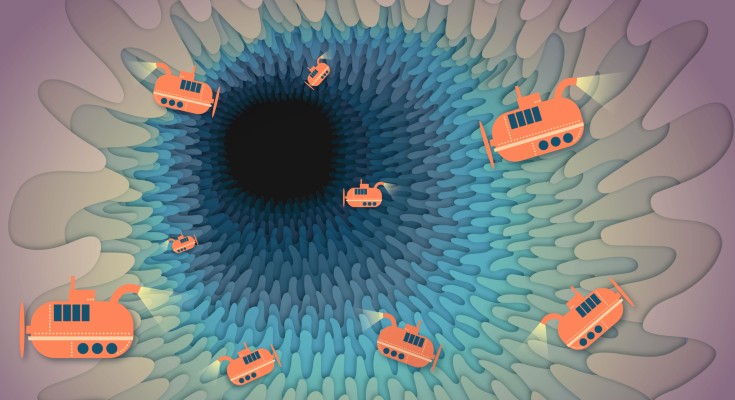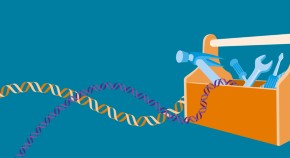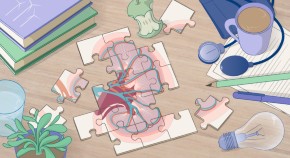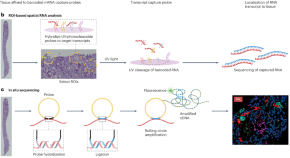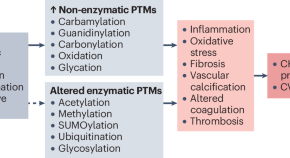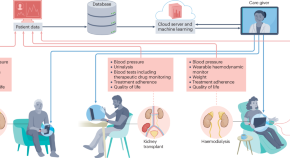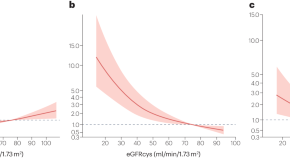
Advertisement
-
-
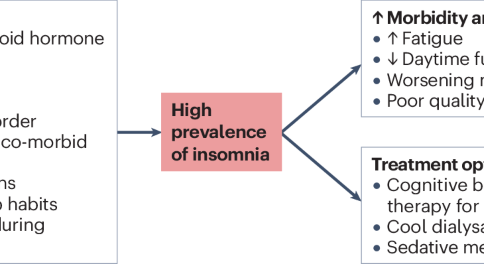
Sleep disorders in chronic kidney disease
In this Review, Owen Lyons discusses the diagnosis, epidemiology and pathophysiology of three sleep disorders that commonly affect patients with chronic kidney disease — restless legs syndrome, insomnia and sleep apnoea — and their impact on patient morbidity and mortality.
-
-

